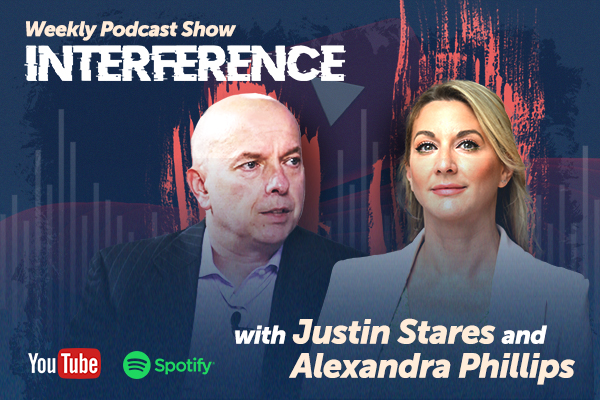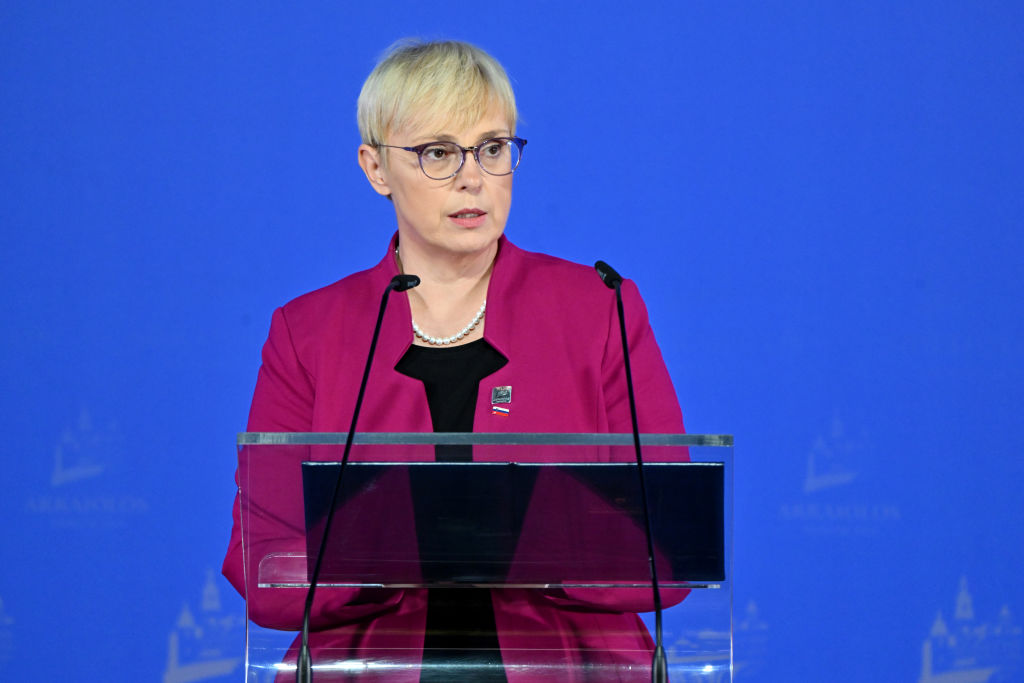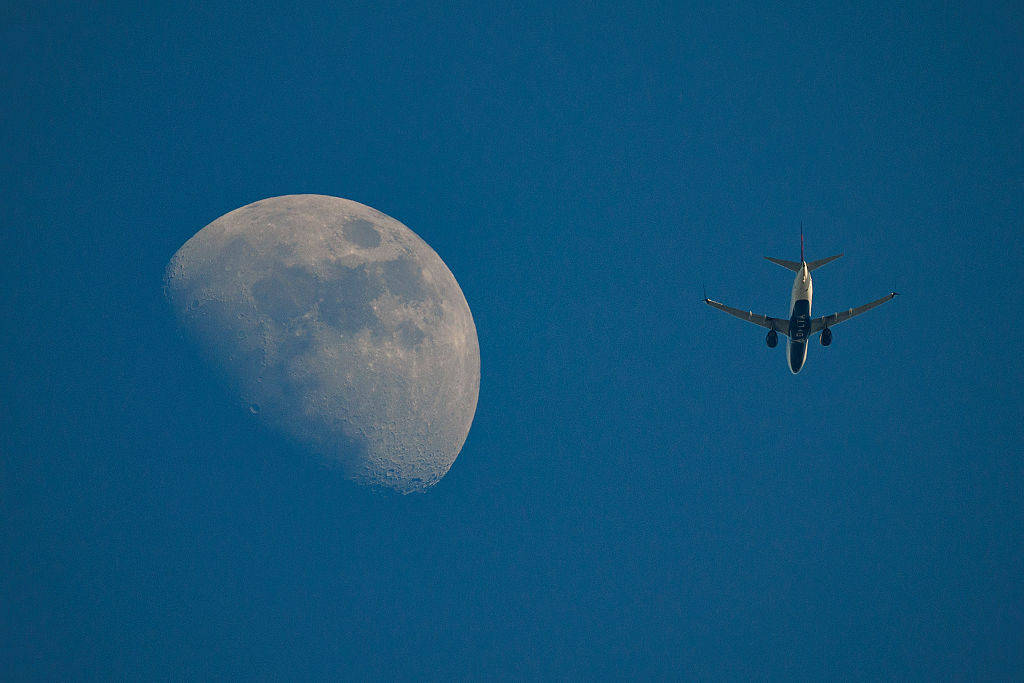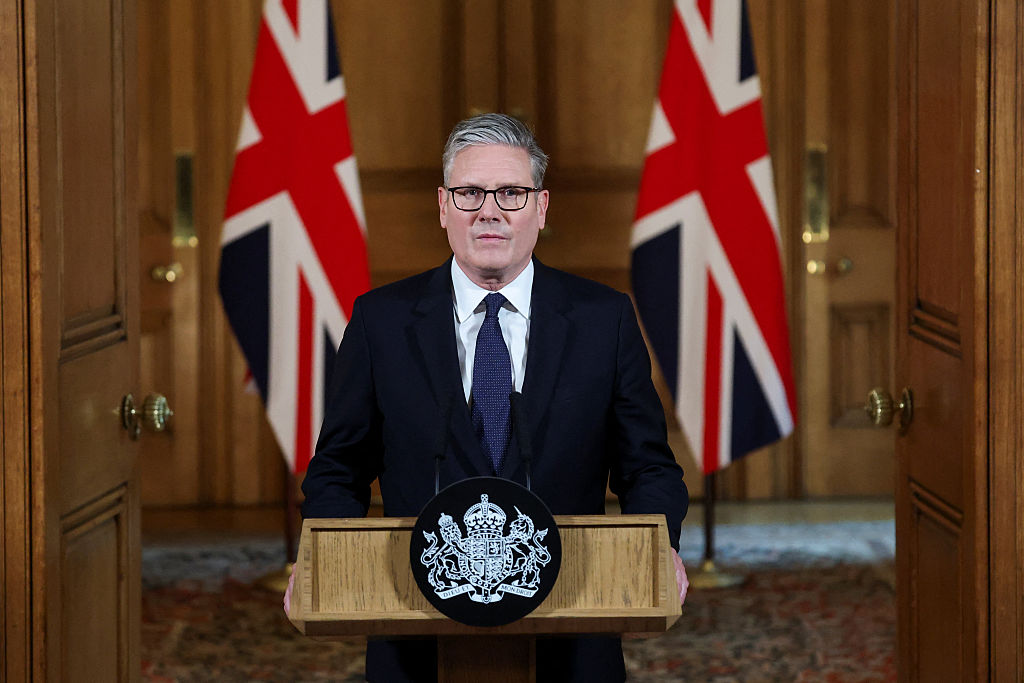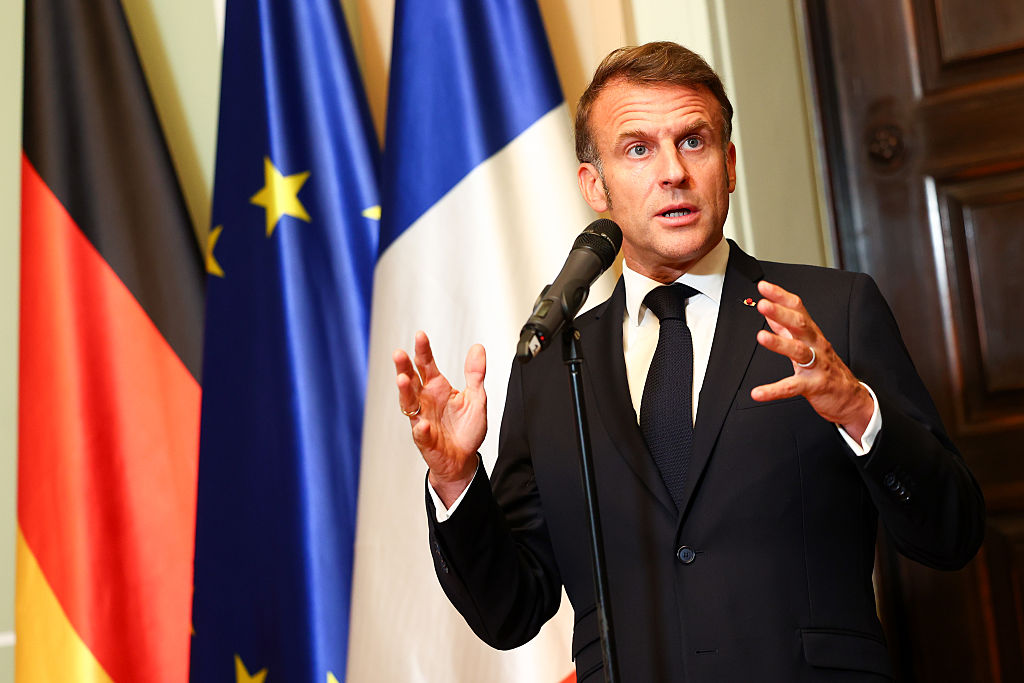India’s foreign ministry said the European Union and US were “targeting” it due to its buying of Russian oil, adding that the moves were “unjustified” and that it would protect its interests.
“The targeting of India is unjustified and unreasonable,” India foreign ministry spokesman Randhir Jaiswal said in a statement on August 4, after US President Donald Trump vowed to raise tariffs on the country over its oil purchases from Russia, AFP reported.
“Like any major economy, India will take all necessary measures to safeguard its national interests and economic security,” Jaiswal said.
He did not provide further details on the measures.
His comments came after Trump said earlier the same day: “India is not only buying massive amounts of Russian Oil, they are then, for much of the oil purchased, selling it on the Open Market for big profits,” Bloomberg reported.
“They don’t care how many people in Ukraine are being killed by the Russian War Machine. Because of this, I will be substantially raising the tariff paid by India to the USA.”
Trump did not say by how much he would increase the levy. In late July, he announced a 25 per cent rate on Indian exports and vowed more duties if India continued to buy oil from Russia.
The US President’s warning came ahead of an August 8 deadline for Russia to reach a truce with Ukraine, with the administration threatening so-called secondary sanctions on countries that purchase Russian energy.
“Secondary sanctions and tariffs against those that are paying for this war — like China, India and Brazil — by buying the oil that Russia is producing, is an obvious next step to try and bring this war to an end,” Matt Whitaker, the US ambassador to NATO, told Bloomberg Television.
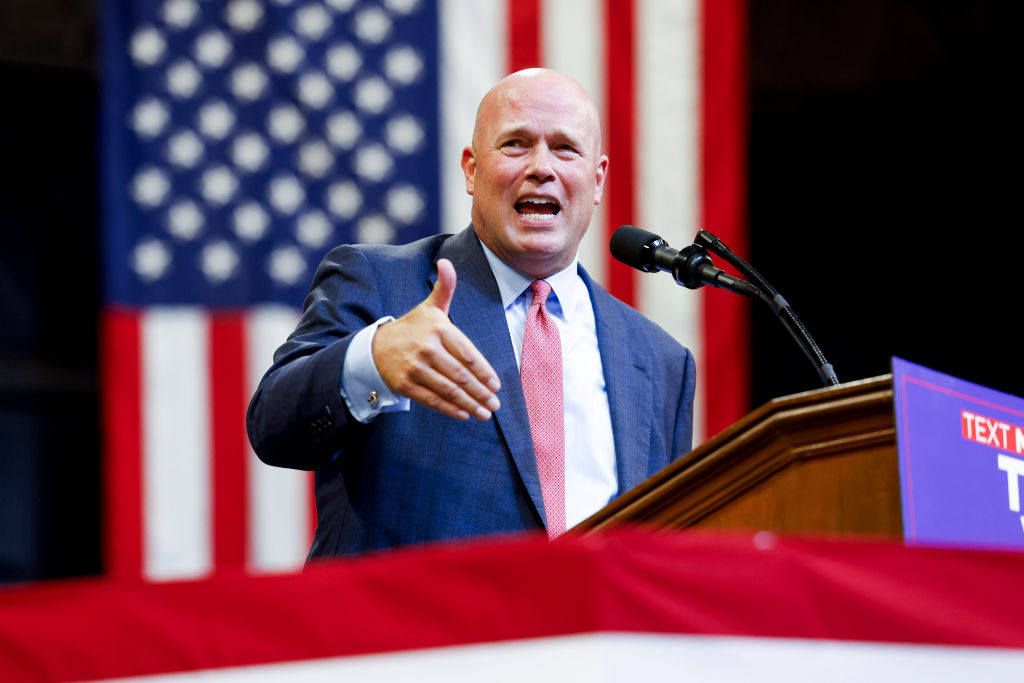
“This is really going to hit them where it counts, and that is in their main revenue source, which is the sale of oil to these countries.”
Ukraine’s allies viewed those purchases as helping to prop up Russian President Vladimir Putin’s economy and undercutting pressure on Moscow to end a war that is now in its fourth year.
India has been a top Trump target in the campaign to end the war. New Delhi has been defiant, though, with Prime Minister Narendra Modi — who previously enjoyed warm relations with Trump — responding by urging Indians to buy local goods and signalling that his country would continue to buy Russian oil.
India became a major buyer of Russian crude, providing a much-needed export market for Moscow after it was cut off from traditional buyers in Europe because of the Ukraine war.
New Delhi saved itself billions of dollars while bolstering Moscow’s coffers, according to AFP.
But India on August 4 argued it “began importing from Russia because traditional supplies were diverted to Europe after the outbreak of the conflict”.
It also noted that Washington at that time had “actively encouraged such imports by India for strengthening global energy markets stability”.
It pointed to what it suggested were double standards of EU and US trade with Moscow.
“It is revealing that the very nations criticising India are themselves indulging in trade with Russia,” Jaiswal added.
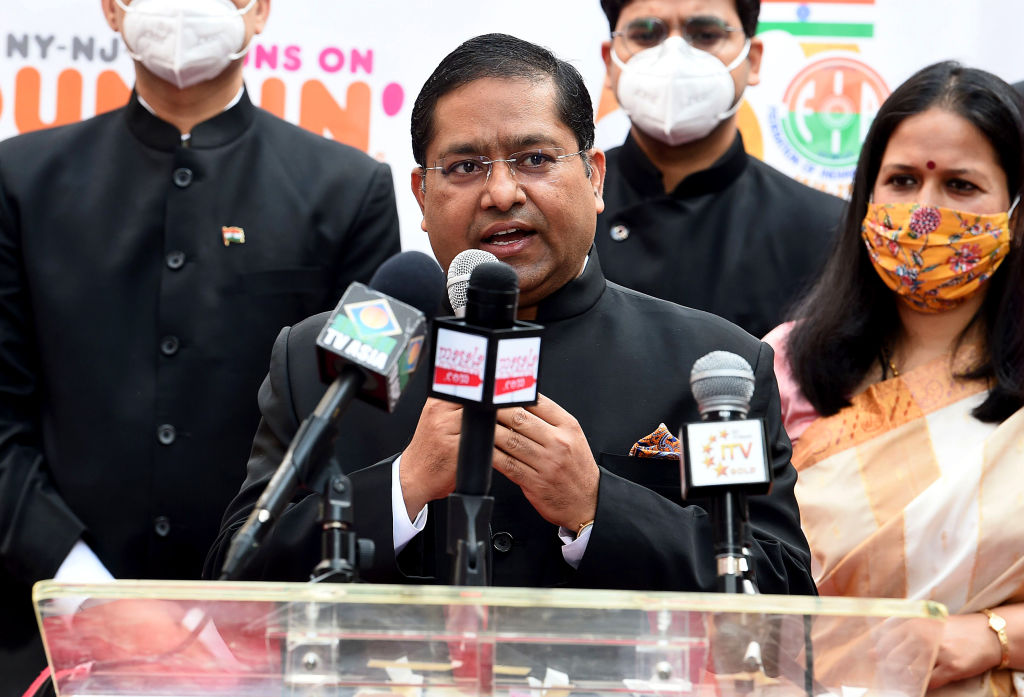
“Unlike our case, such trade is not even a vital national compulsion.”
Jaiswal singled out examples of where deals were being done with Moscow.
“Europe-Russia trade includes not just energy but also fertilisers, mining products, chemicals, iron and steel and machinery and transport equipment,” he added.
“Where the United States is concerned, it continues to import from Russia uranium hexafluoride for its nuclear industry, palladium for its EV [electric vehicle] industry, fertilisers as well as chemicals.”
India, the world’s most populous country, was one of the first major economies to engage the Trump administration in broader trade talks.
The US is India’s largest trading partner, with New Delhi shipping goods worth $87.4 billion (75.5 billion) in 2024.
India’s protectionist trade policies, though, saw it run up a surplus of nearly $46 billion (39.7 billion) the same year.
For now, an existing 10 per cent US tariff on Indian products was expected to rise to 25 per cent come August 7.
In July, the EU and Britain sought to ramp up economic pressure on Russia to halt the war in Ukraine by slashing a price cap meant to choke off revenues from key oil exports.
India has morphed into a major buyer of Moscow’s crude since the 2022 invasion of Ukraine, spurred on by the discounts it receives. On average, the country has been buying Russian crude at a rate of about 1.7 million barrels a day so far this year, according to tanker tracking data compiled by Bloomberg.
India exported about 1.4 million barrels a day of refined fuels in the first half of this year, according to Kpler data compiled by Bloomberg. Diesel or gasoil cargoes made up approximately 40 per cent of total fuel exports, while petrol and blending components comprised about 30 per cent of the shipments.
Still, quantifying how much oil India exports that’s made specifically from Russian crude was difficult, experts said, because refiners generally consumed an array of barrels and then export an even wider range of fuels.
The EU recently launched a package of sanctions set to ban the purchase of fuel made from Russian crude but traders are still waiting for the body to detail how the measures would work in practice.
Any disruption to Indian purchases of Russian oil could force it to look elsewhere for supplies.
In late July, the country’s largest processor purchased several million barrels of crude from the US and UAE in sudden purchases that were both large and for relatively immediate delivery, people familiar with the matter said.
The Indian Government has indicated it intended to continue talks with the US in hopes of securing lower tariffs. India has been considering ramping up natural gas purchases from the US and increasing imports of communication equipment and gold.
Officials said they saw those moves as helping to narrow India’s trade surplus with the US, a key concern for Trump.

Relations between Modi and Trump have deteriorated in the US President’s second term. After clashes earlier this year between India and Pakistan, Trump threatened to block access to US markets if the countries did not halt the fighting. Trump has claimed his actions brought peace, a view that has rankled New Delhi.
India has been caught in the middle of Trump’s enhanced focus on ending Russia’s war in Ukraine. The President vowed quickly to end Russia’s invasion but those efforts have been stymied by Putin, who has responded with only maximalist demands for Ukrainian territory and refused face-to-face discussions with Ukrainian President Volodymyr Zelensky.
Trump has grown increasingly frustrated with Putin, leading to his latest threats to impose economic penalties on Moscow. He has floated tougher sanctions in the past only to delay action in hopes of preserving negotiations.
The US President told reporters on August 3 that special envoy Steve Witkoff would go to Russia on August 6 or 7 for further discussions.
Tensions between Washington and Moscow intensified a few days ago when Trump said he had moved two nuclear submarines in response to “highly provocative statements” from former Russian President Dmitry Medvedev.
